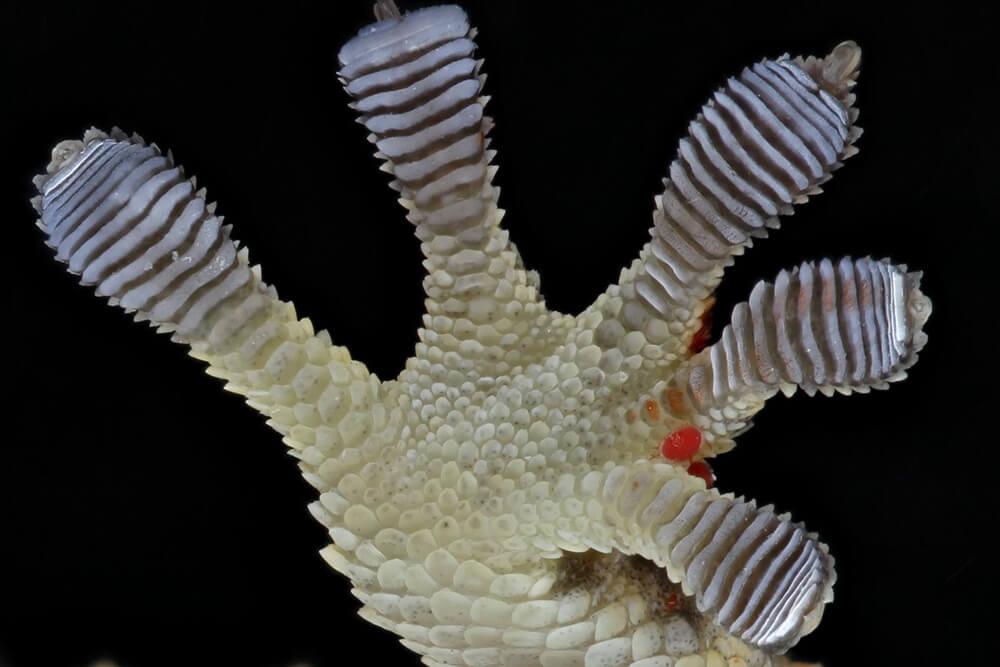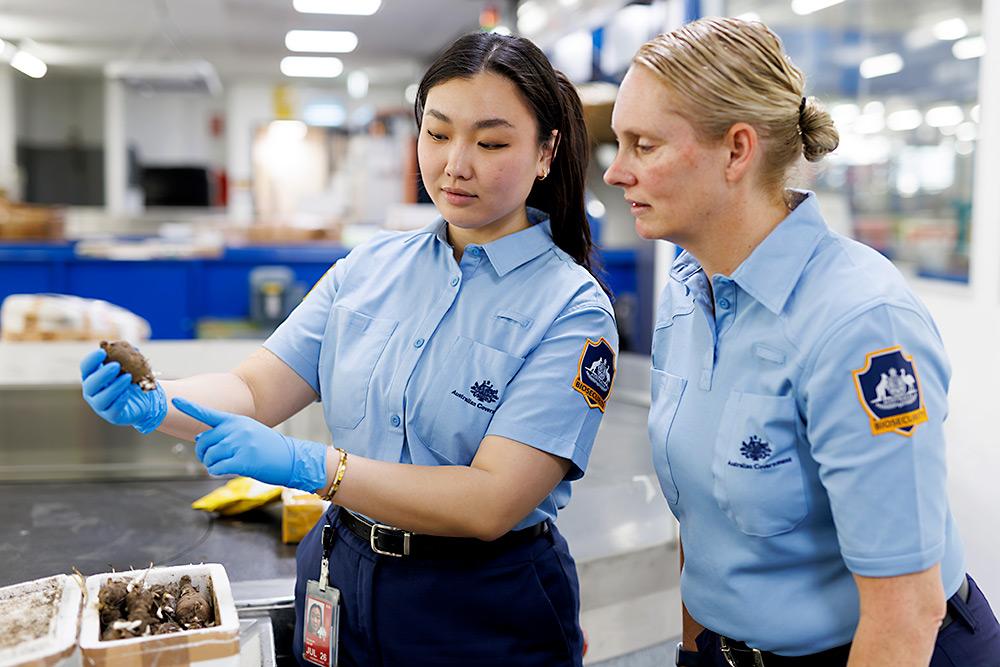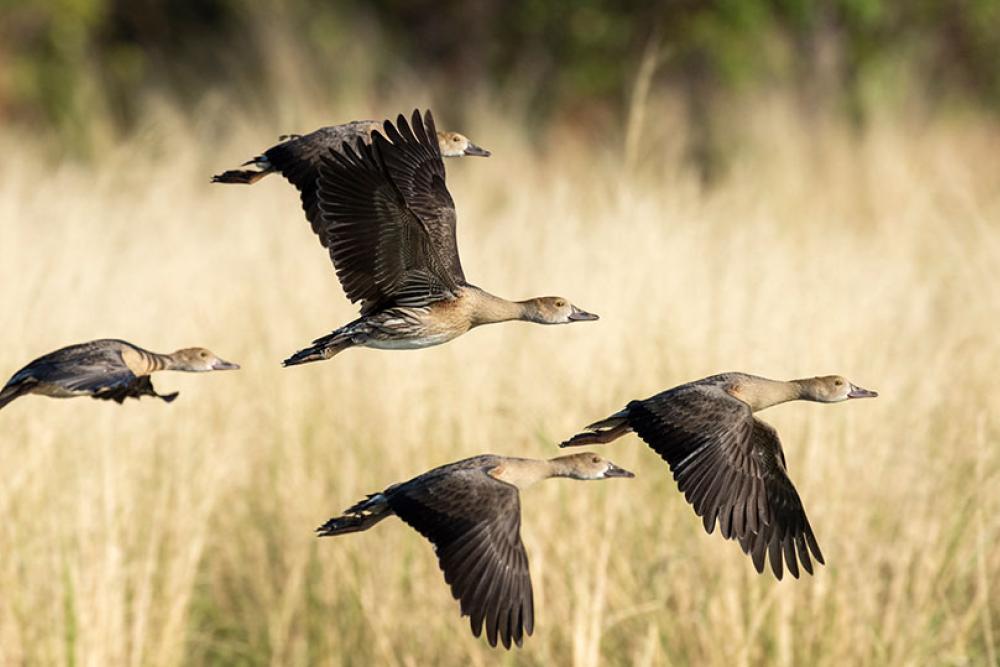An elite stable of dedicated Post Entry Quarantine officers is ensuring some of the world’s most valuable shuttle stallions are happy, healthy – and won’t pose a biosecurity risk while on stud duties in Australia.
The 55 horses – hailing from Europe, Japan, the USA and Canada, and worth a combined $450 million – have touched down in Australia for the Southern Hemisphere Thoroughbred breeding season.
Head of Biosecurity at the Department of Agriculture, Fisheries and Forestry, Dr Chris Locke said despite how famous or valuable these horses are, they still need to adhere to strict biosecurity requirements.
“They will stay in our Post-Entry Quarantine (PEQ) facility at Mickleham for a minimum of 14-days under the watchful eye of our caring and committed PEQ staff,” Dr Locke said.
“While there, they are tested for horse diseases that Australia is officially free from including equine influenza.
“The import of these horses is another example of how our biosecurity system helps manage potential risks associated with animal imports, and why the work of our PEQ staff is so important.”
Bringing a horse to Australia? Find out about Australia’s biosecurity requirements.
Image available for media use.
Fast Facts:
- A few of the horses are destined to the famous studs in NSW’s Hunter region, with others heading off to studs in Victoria and QLD.
- The horses are referred to as shuttle stallions, as they are ‘shuttled’ between the northern and southern hemispheres to align with the relevant breeding season.
- On average, a Thoroughbred stallion will cover between 150 and 200 mares per breeding season.
- Many stallions have a dedicated groom that travels with them on the flight to Australia and continues to care for them at each destination while in Australia.
- These grooms will then fly out with the stallions when they return overseas for the northern hemisphere breeding season in January 2023.
- All stallions have a ‘tail’ to tell through race track performances and historical family bloodlines.



